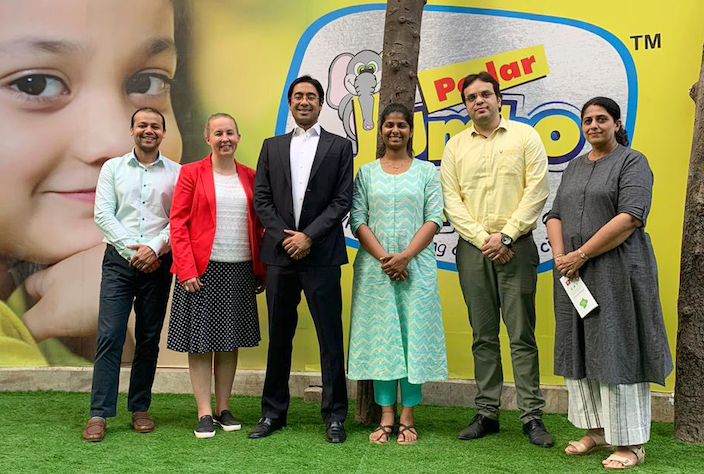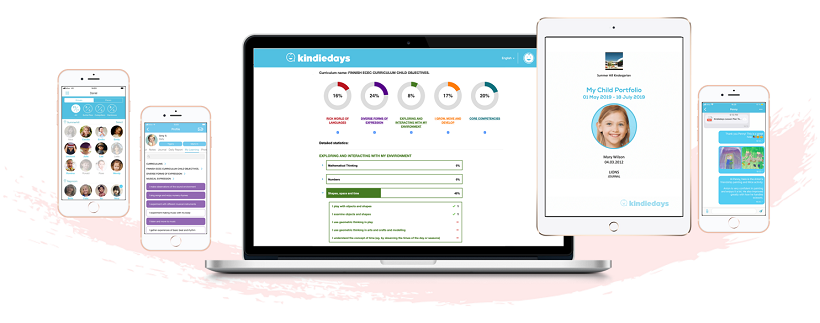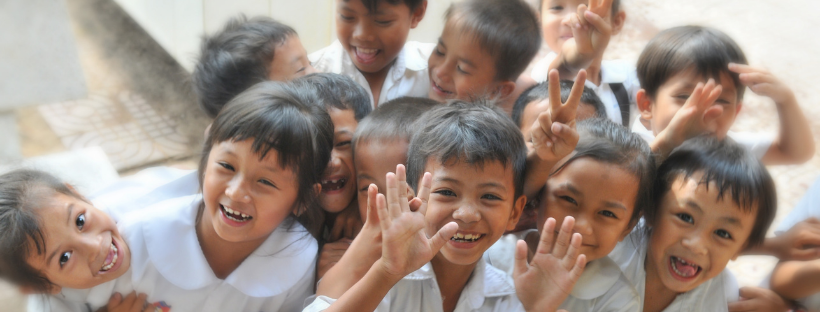
Imagine yourself as a child and look at the classroom from different perspectives: What can I see and reach?
According to Resilient Educator the classroom environment for preschoolers should be a safe, creative landscape that enhances the learning process.
That is true.
Learning environment should be all that and more. The classroom should be specifically designed for little learners, the children - and with children!
These days when many children are also learning from home - home is the classroom! These tips apply in home classrooms too. The order of furniture can be changed every now and then as well as the order of materials and toys that are available for the children. One thing that could always remain the same in home classrooms, is the place for table activities and homework, so that children know that on this chair and around this table is time to focus and pay attention.
How to assess the classroom as learning environment?
Typical learning environment is the classroom. Imagine yourself as a child and look at the classroom from different perspectives:
- What can I see and reach?
- What interests me in the room?
- What kind of possibilities are there for child initiated creative play or visual arts? How about ball games or resting?
- Are children "present" in there, are their art works and photos visible?
- Ask children's opinions about the classroom; what do they like and what would they like to change?
Keep the "child glasses" on and make a list of things that could be changed or added in the classroom. Make sure to double check that the environment is safe for the children (electrical cords, scissors, small items, steps...).
Versatile learning environments promote learning
Learning can happen anywhere, both in the built environment or in nature.
In Finland we think that learning does not only happen inside classrooms, but the entire city can actually be the learning environment!
Get 6 free lesson plans aligned with the Finnish curriculum!
Therefore, think about the environments you can incorporate in learning and add them in your curriculum. Libraries, forests, beaches, museums, football fields, neighborhoods... Learning can happen anywhere, both in the built environment or in nature.
When you plan the learning environments, take the children's ideas and wishes with you.
Ask the children:
- What kind of classroom would you like have?
- What would you like to do in your classroom?
- Where would you like to go for a visit outside the classroom?
- What is your favorite place?
After you get some ideas, introduce ways to incorporate both indoor and outdoor activities into the schedule. Think of proper supplies and materials that are considered developmentally appropriate for preschool classrooms.
Also think about the details inside your classroom: alternative seating, interesting displays on children's level, toys and materials available, place for resting and reading...
Happy learning - in and out!
.png)
.png)
.png)


.png)

.png)